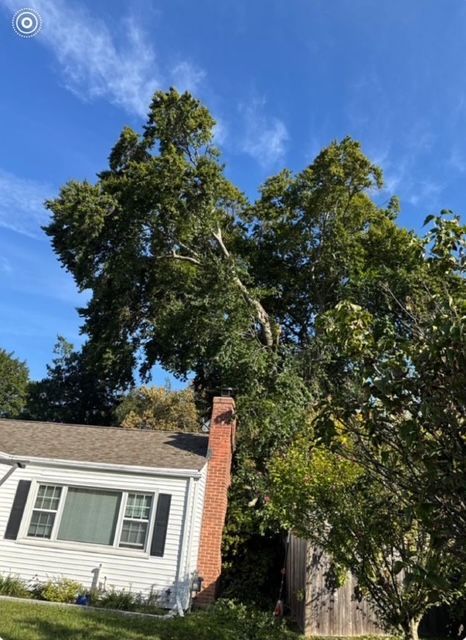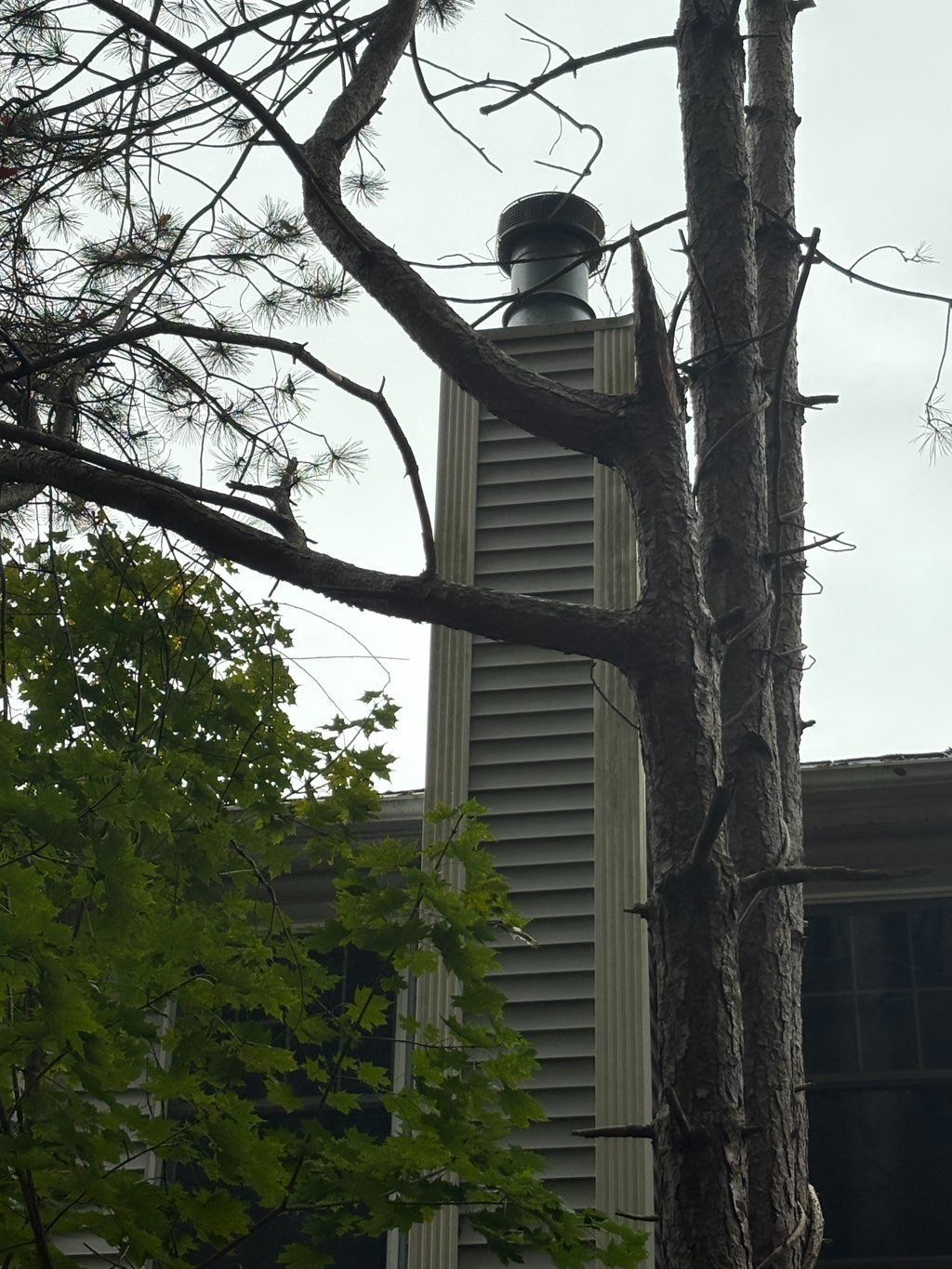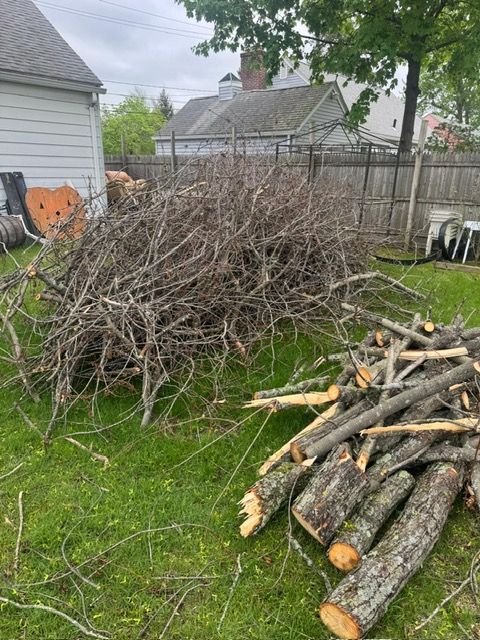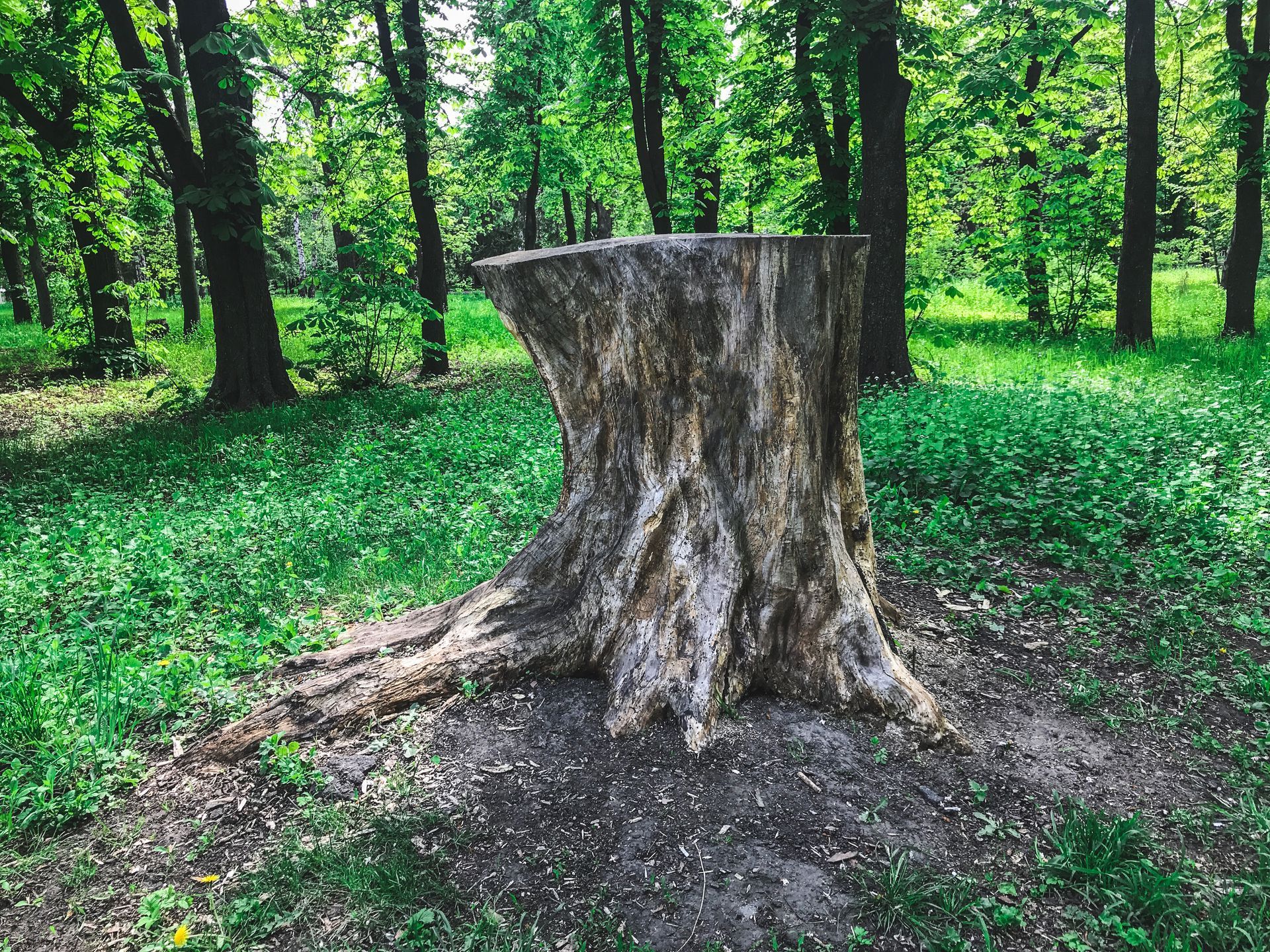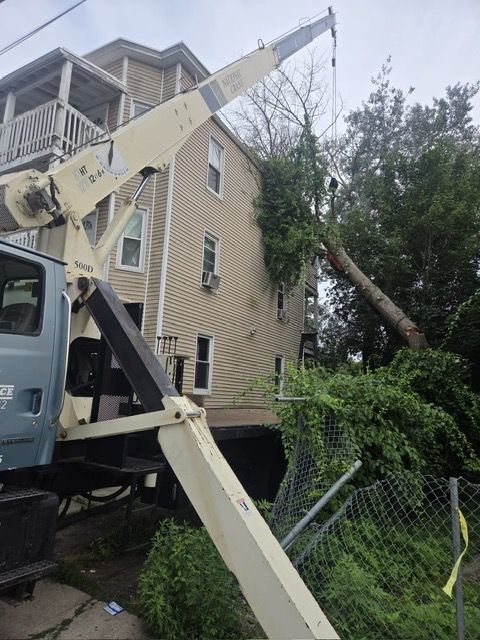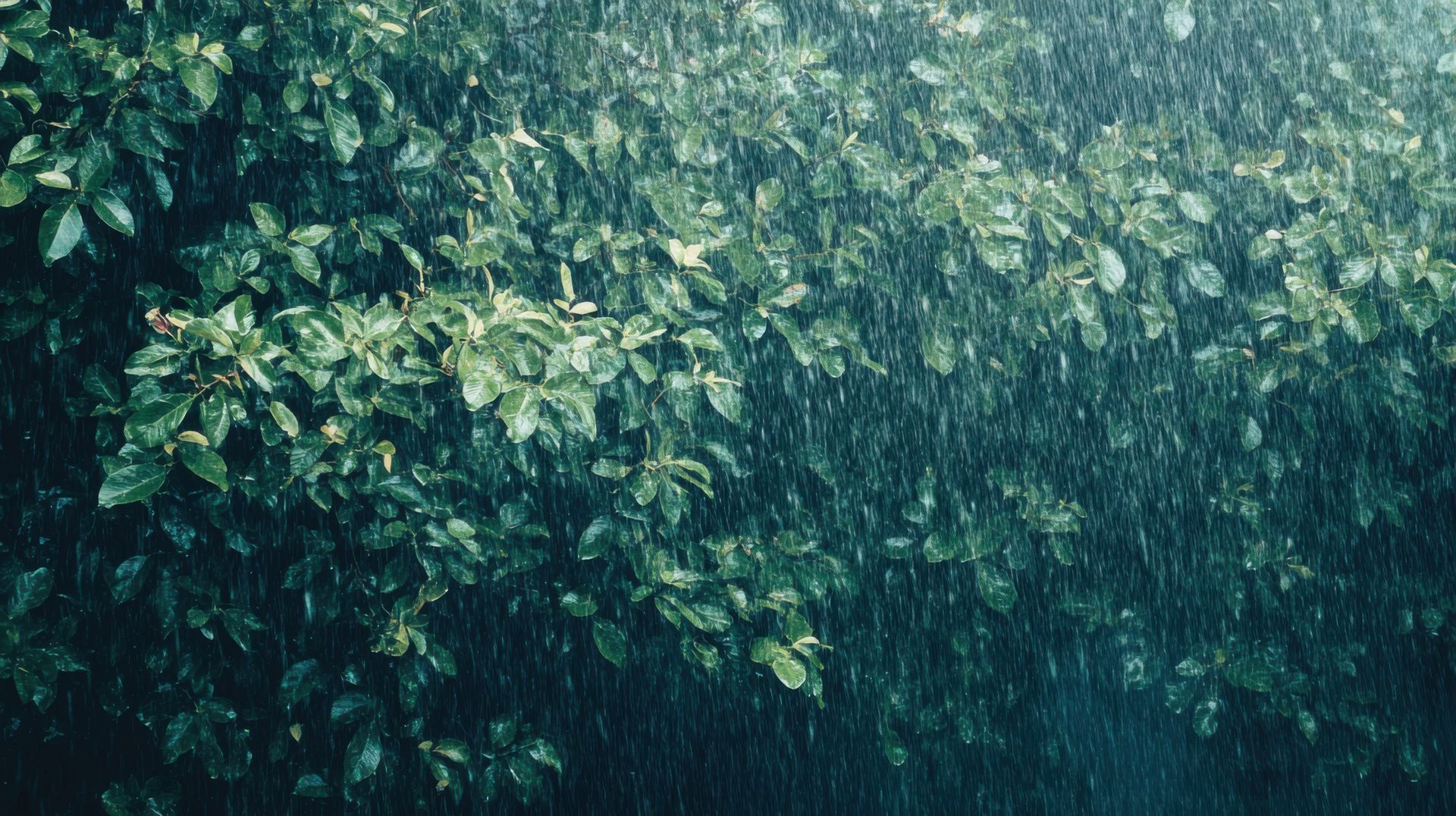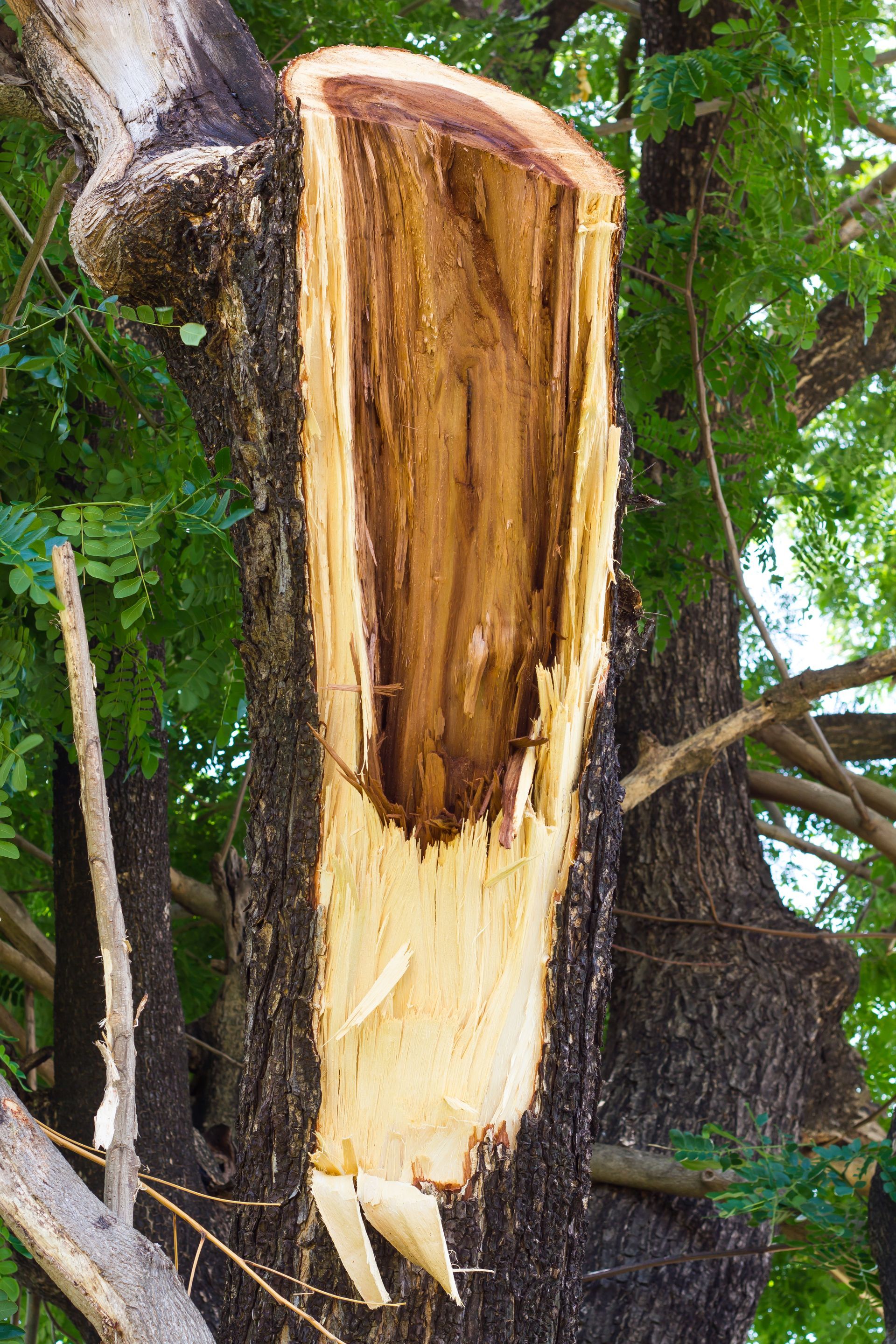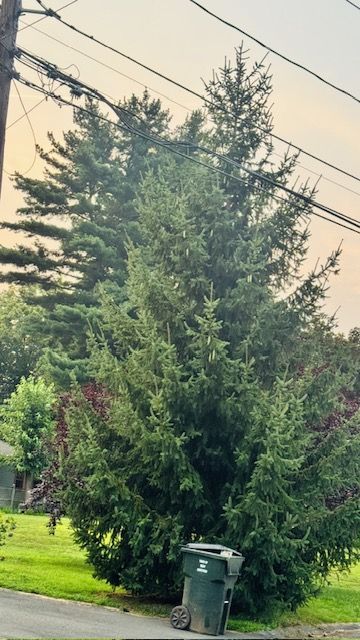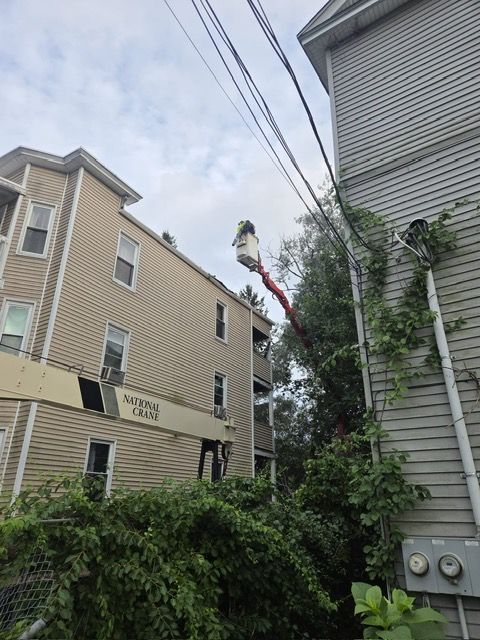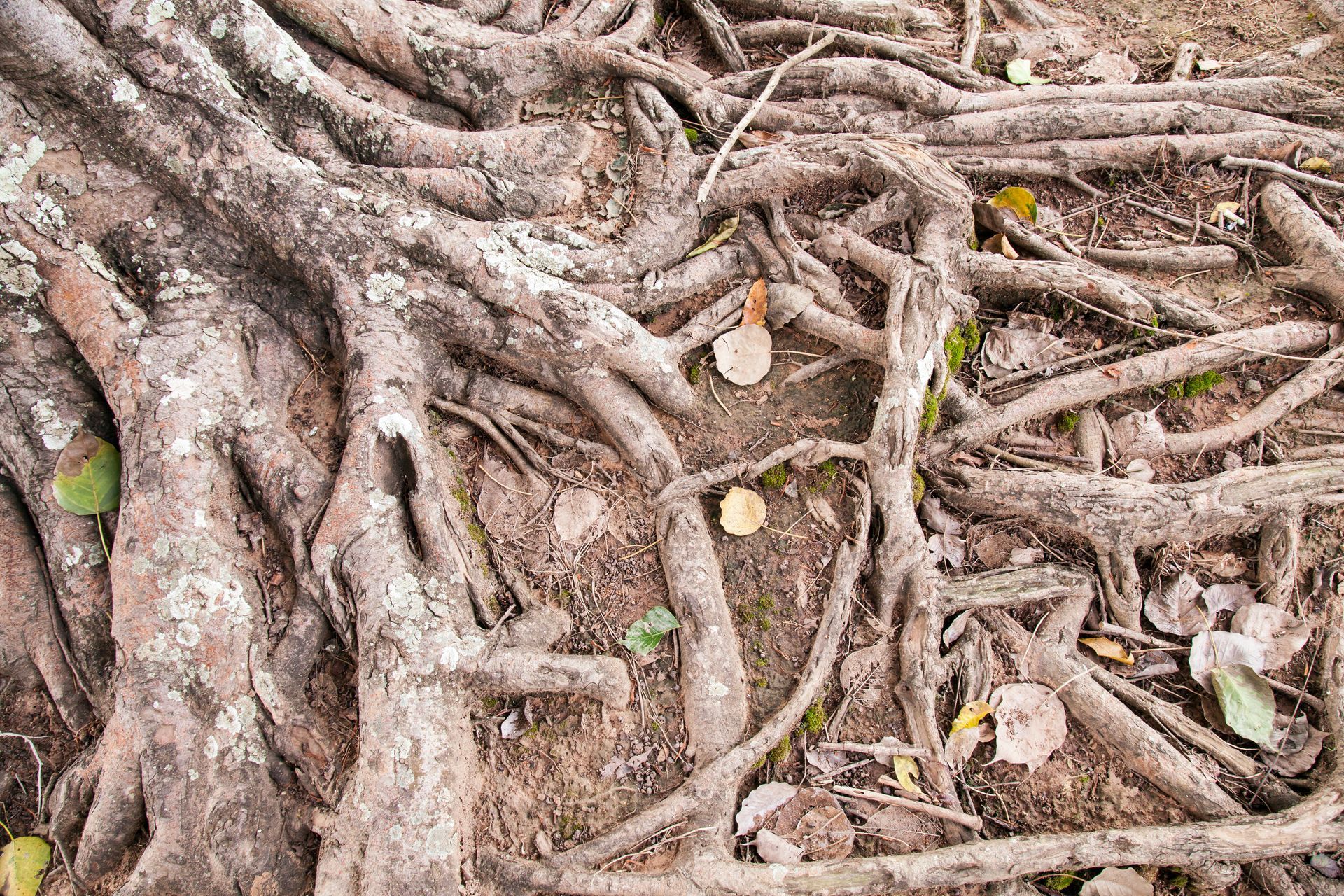How Can I Tell if My Tree is Dead or Dying?
How Can I Tell if My Tree Is Dead or Dying?
You can tell if a tree is dead or dying by checking for brittle branches, missing bark, discolored or sparse leaves, fungal growth near the roots, and hollow or soft spots in the trunk. In Bloomfield, CT, these warning signs are especially common after storms, drought, or pest infestations.
Most trees don’t just drop dead overnight. It happens slowly — quietly — until one day a strong wind or heavy snow exposes what’s been building for months. A dying tree isn’t just an eyesore; it can be quite a serious safety issue for your home and property.
At Boa Bloomfield Tree Service, we’ve seen it all across Bloomfield, Windsor, and Simsbury — trees that could have been saved with the right care at the right time. Here’s how to spot the signs before it’s too late.
1. Brittle or Bare Branches
Healthy branches bend before they break. If yours snap easily or you notice bare limbs mixed with green growth, your tree may be in decline. Trees dying from the top down are usually struggling to move nutrients through their system.
2. Leaves That Look Wrong
Leaves are a tree’s early warning system. Small, pale, or patchy leaves often mean stress. If one section of the canopy looks weaker than the rest, your tree might be fighting disease or root damage.
3. Peeling or Missing Bark
Think of bark as a tree’s protective skin. When it starts cracking, peeling, or falling off in chunks, that’s a sign the tree isn’t regenerating properly. Missing bark exposes the trunk to pests, decay, and more rapid decline.
4. Fungal Growth or Mushrooms
Mushrooms at the base of your tree may look harmless — but they’re not. Fungal growth often signals internal decay or root rot. Once the roots start breaking down, the tree can become unstable, especially during Connecticut storms.
5. Hollow or Soft Trunk
Tap the trunk with a stick or hammer. A hollow sound or spongy feel means the inside may be rotting. While a partially hollow tree can survive, it’s much more likely to fall during high winds or heavy snow.
6. Insects and Borer Damage
In Bloomfield and surrounding towns, pests like the Asian Longhorned Beetle, Spongy Moth and Emerald Ash Borer have caused major damage to many local trees. Tiny holes in the bark, sawdust near the base, or sticky sap can all be signs of an infestation.
What To Do Next
If you think your tree is dying, don’t wait to find out the hard way. Schedule a tree inspection in Bloomfield, CT. A licensed arborist can determine whether the tree can be saved with pruning and treatment — or if tree removal is the safest option.
At Boa Bloomfield Tree Service, we specialize in identifying problem trees before they become emergencies. Whether it’s trimming, stump removal, or full tree removal, our team handles each job safely and with care for your property.
Final Takeaway
Dead or dying trees are more than just a risk — they’re preventable with early attention. If you’re unsure about a tree on your property, give Boa Bloomfield Tree Service a call. We’ll help you figure out what’s really going on and protect your home from avoidable damage.
Serving homeowners in Bloomfield, Windsor, and Simsbury, CT, we’re here to keep your trees — and your property — safe, strong, and healthy.
